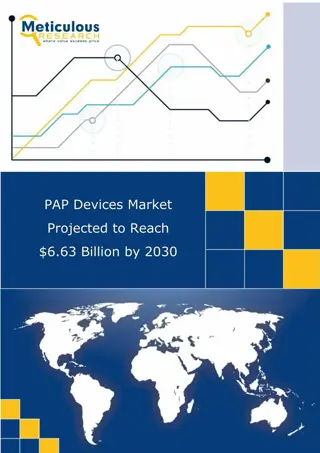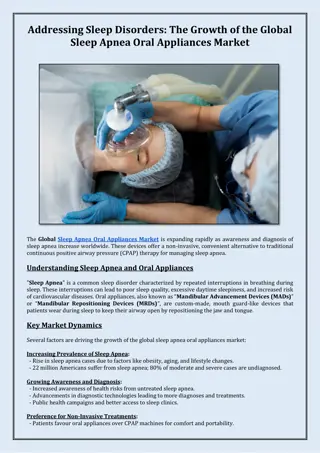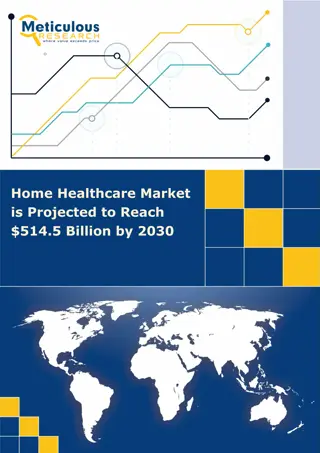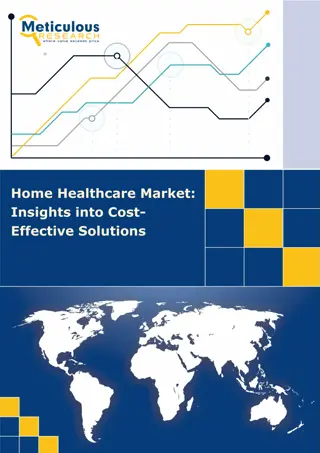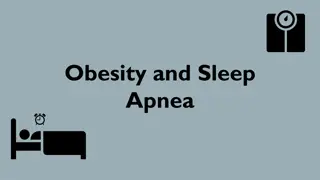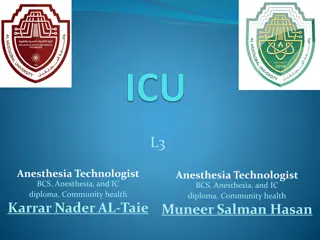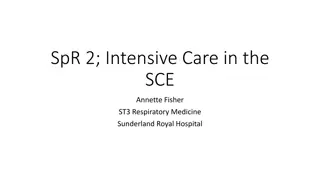CPAP
Congestive Heart Failure (CHF) is a serious condition characterized by fluid accumulation in the lungs and heart, leading to symptoms like dyspnea, muscle weakness, and reduced lung compliance. This article discusses the causes, manifestations, and management of CHF, emphasizing the importance of CPAP therapy and drug interventions like nitroglycerin and furosemide. Explore how CHF affects gas exchange in the alveoli and learn about pulmonary edema protocols for assessment and intervention.
Download Presentation

Please find below an Image/Link to download the presentation.
The content on the website is provided AS IS for your information and personal use only. It may not be sold, licensed, or shared on other websites without obtaining consent from the author.If you encounter any issues during the download, it is possible that the publisher has removed the file from their server.
You are allowed to download the files provided on this website for personal or commercial use, subject to the condition that they are used lawfully. All files are the property of their respective owners.
The content on the website is provided AS IS for your information and personal use only. It may not be sold, licensed, or shared on other websites without obtaining consent from the author.
E N D
Presentation Transcript
CPAP Mike Callihan RN,BSN, Paramedic, EMSI Miami Valley Hospital EMS Education
Objectives Define Congestive Heart Failure Define COPD Review standing orders for CHF and COPD Describe CPAP Practice usage of CPAP 2
Congestive Heart Failure Congestive Heart Failure (CHF) is a serious disease associated with excessive morbidity and mortality and of elevated health-care costs. Even with the advances in pharmacologic therapy, the mortality for the disease remains very high. 4
Congestive Heart Failure Approximately 80% of patients with CHF showed restrictive spirometric pattern Extravascular volume expansion and fluid accumulation in interstitial compartments of the lungs Fluid accumulation is associated with increased heart size and reduced lung compliance. 5
Congestive Heart Failure The accumulation of fluid leads to flooding of the alveoli resulting in a deficiency in gas exchange with several consequences, Muscle weakness Dyspnea with routine activities. Dyspnea progresses into dyspnea at rest. 6
Bronchioles and Alveoli Oxygenated Blood to the Heart Deoxygenated Blood from the Heart Pulmonary Venule Bronchus Bronchiole Pulmonary Arteriole Alveoli Smallest Blood Vessels (Capillaries) 7
Pulmonary Edema Protocol Assess for Cyanosis clammy skin absence of fever coughing wheezing, labored breathing pitting edema rales in bilateral lower fields tachypnea apprehension JVD Inability to talk. 8
Treatment If CPAP is available, its use is encouraged prior to initiation of drug therapy If SBP>100, NTG 0.4 mg SL up to 3, 1 every 5minutes. Maintain SBP > 100 Furosemide 80 mg slow IV push over 2 minutes. Maintain SBP >100 Morphine, up to 5 mg, Slow IV over 2 minutes. Maintain SBP > 100. May repeat morphine, up to 5 mg, slow IV over 2 minutes. 9
COPD COPD, or chronic obstructive pulmonary disease, is a progressive disease that makes it hard to breathe. "Progressive" means the disease gets worse over time. COPD can cause coughing that produces large amounts of mucus (a slimy substance), wheezing, shortness of breath, chest tightness, and other symptoms. 11
COPD Airways and air sacs are elastic In COPD, less air flows in and out of the airways because of one or more of the following: The airways and air sacs lose their elastic quality. The walls between many of the air sacs are destroyed. The walls of the airways become thick and inflamed (swollen). The airways make more mucus than usual, which tends to clog the airways. 12
COPD COPD can cause: coughing that produces large amounts of mucus, wheezing shortness of breath chest tightness other symptoms. 13
COPD causes Cigarette smoking is the leading cause of COPD. Most people who have COPD smoke or used to smoke. Long-term exposure to other lung irritants, such as air pollution, chemical fumes, or dust, also may contribute to COPD. 14
Asthma/Emphysema/COPD Consider albuterol 2.5 mg and ipratropium 0.5 mg, nebulized with O2 8-12 LPM. May repeat Albuterol 2.5 mg nebulized X 2. COPD, CPAP or BiPAP If patient arrests, tension pneumothorax is a likely cause For asthmatics in severe distress: Epinephrine (1:1000) .3 mg SQ or autoinjector. With Med control approval, may repeat Epinephrine. 15
CPAP Continuous positive airway pressure CPAP is a tool to be used for assisting ventilation and should not be confused with trying correct Oxygenation concerns 17
Indications Medical history and presenting complaints consistent with pulmonary edema Patient must be 16 or older COPD, Asthma Bibasilar or diffuse rales Near drowning Disasters or mass casualties such as Bioterrorism with cases of respiratory distress 18
Contraindications Respiratory or cardiac arrest Agonal respirations Severely depressed level of consciousness Systolic blood pressure < 90mmHg Signs and symptoms of pneumothorax Inability to maintain airway patency Major trauma, especially head injury with increased ICP or significant chest trauma Facial Anomalies, e.g., burns, fractures Vomiting If patient deteriorates while on CPAP (O2 sats < 90), then prepare to intubate 19
Hazards of CPAP Hypotension Pneumothorax Corneal Drying 20
Benefits to CPAP The main direct benefits of CPAP are improved oxygenation, decreased respiratory effort, and decrease in left ventricular preload and afterload. A recent study showed that with 2 weeks of CPAP usage for patients with CHF, pulmonary function was improved. 21
Goals of CPAP Elimination of dyspnea Reduced respiratory rate Reduced heart rate Increased SpO2 Stabilized blood pressure 22
Important Once a patient is started on CPAP, only remove treatment if the patient deteriorates or under medical control direction. Call ahead to ER and inform them that patient is on CPAP, do not just unhook the patient and leave. 23
Summary CPAP has been found to be as affective or more affective than the conventional pharmacological interventions. CPAP is now being used as a part of GMVEMSC protocol 24


